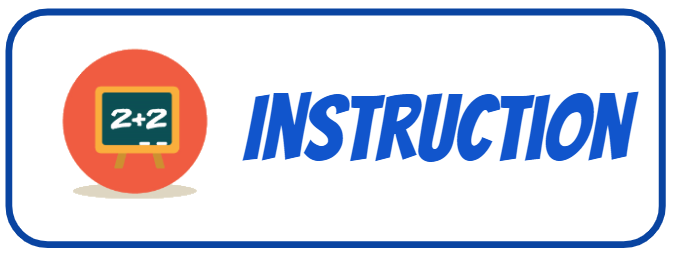Example Strategies
|
CREATE A SCHEDULE FOR SMALL GROUP CHANGES
Use Google Draw to design a routine for responsive groups with components like exit ticket data, what day groups will shift, and student selected groups by need. (e.g. A student feels they need to have a math concept explained again, they can go with teacher group before doing task.)
|
Resources:
Tool Suggestion: Google Draw or Google Doc |
|
USE ROTATIONS TO REACH ALL STUDENTS
Add an online station to the group to the group rotation schedule. By using a rotation system and a technology component, the teacher can use either flexible content (Videos or Articles) or adaptable content (like Khan or IXL) to target the needs of kids while spending more time with small groups.
|
Resources:
Tool Suggestion: Google Slide to design model |
|
MATERIAL IS RESPONSIVE TO STUDENTS
Use Google Slides or a Google Doc to plan the content and activities of each group. Based on formative assessments like exit tickets or short quizzes, it is easy to get a sense of which group needs a reteach and which group needs to move on to application.
|
Resources:
Tool Suggestion: Google Slides or Google Doc |
|
INCORPORATE 1:1 CONFERENCES
Have a 1:1 conference with every student on a weekly or bi-weekly basis. Students can prepare the meeting content using a formula in a Google Doc Template. (e.g. a highlight, a struggle, a question, progress on a goal)
|
Resources:
Tool Suggestions: Google Doc Template |
|
DIFFERENTIATE CONTENT, PROCESS, OR PRODUCT
Use a survey to ask students preferences on what they learn, how they learn and what they create. Group them on a regular basis by these factors to incorporate their interests and boost engagement.
|
Resources:
Tool Suggestion: Google Form or Google Classroom Poll |
